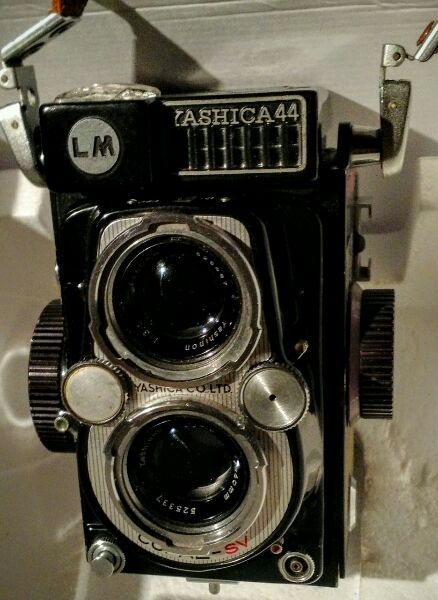- Messages
- 2,128
- Name
- Brian
- Edit My Images
- No
That sounds fun! Also far beyond any time I'd have available at the moment! You tempted to try it?If a book can be counted as a toy, I bought "Experimental Photography A Handbook of Techniques" on Friday. Given that two pages are devoted to converting a Polaroid camera to wet collodion, and another two pages to converting a 35mm SLR similarly, I think it might appeal to a few here.









